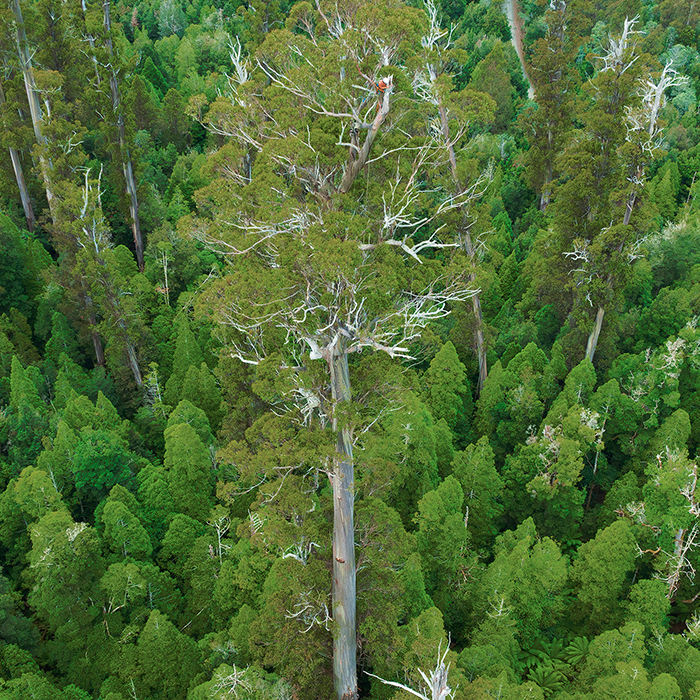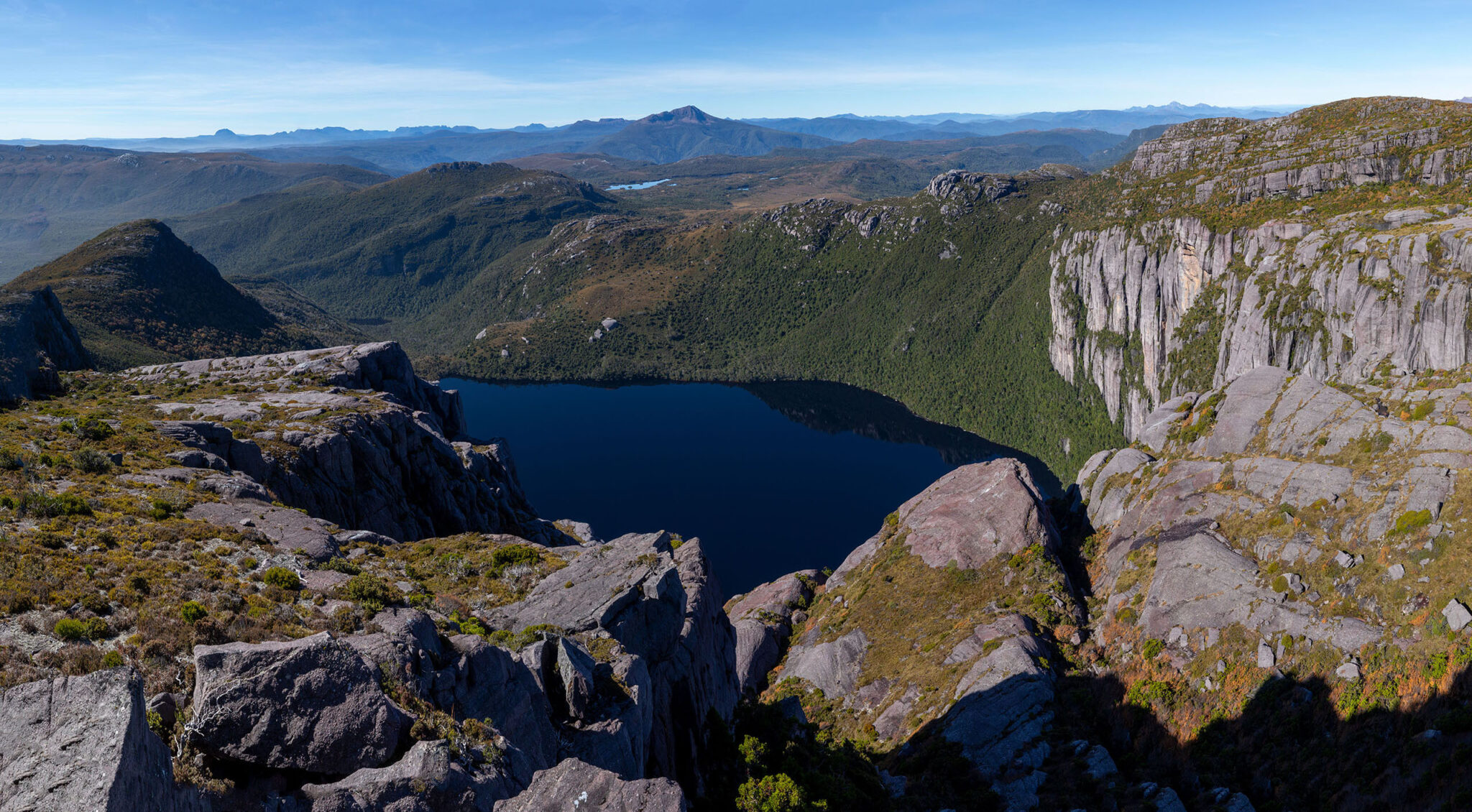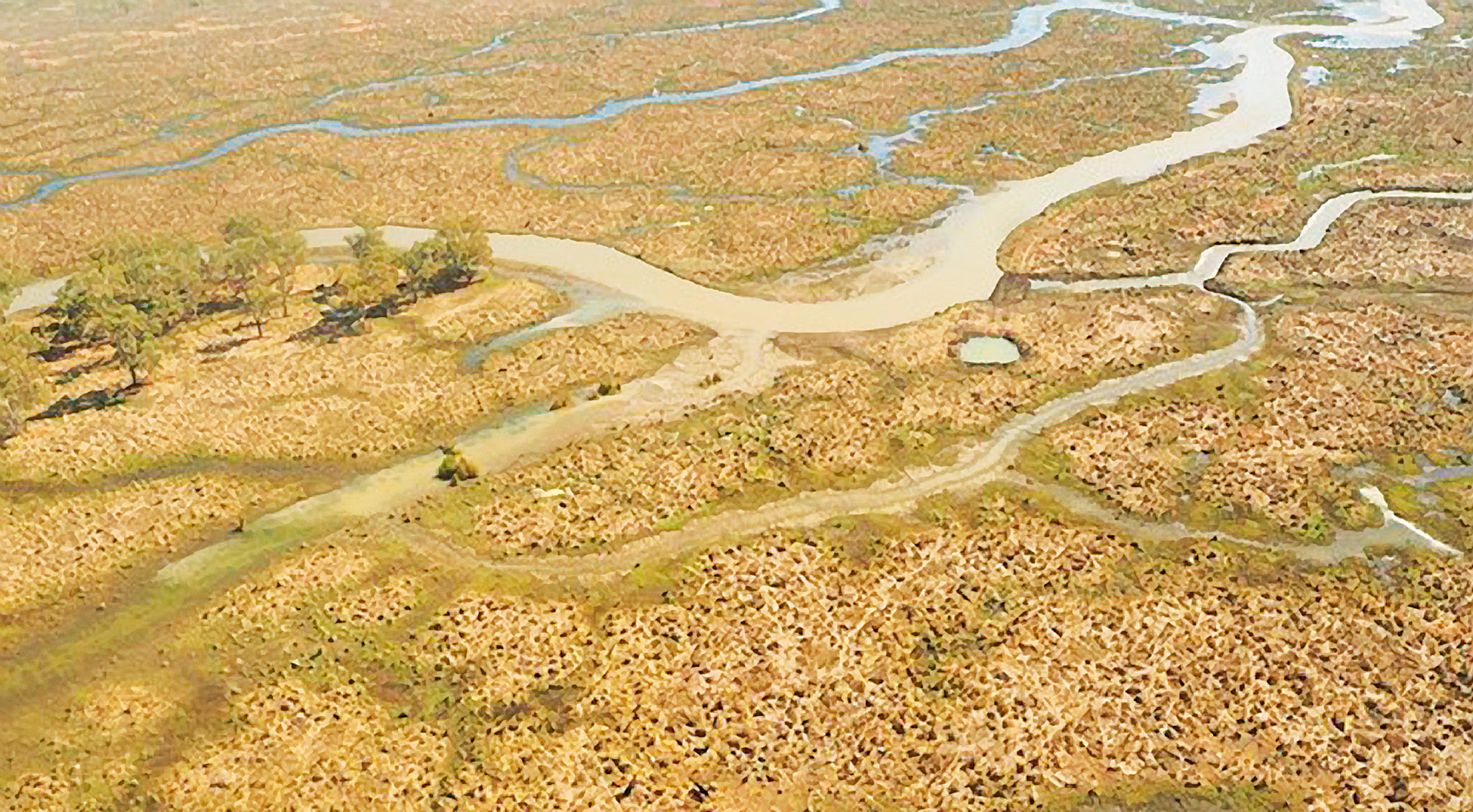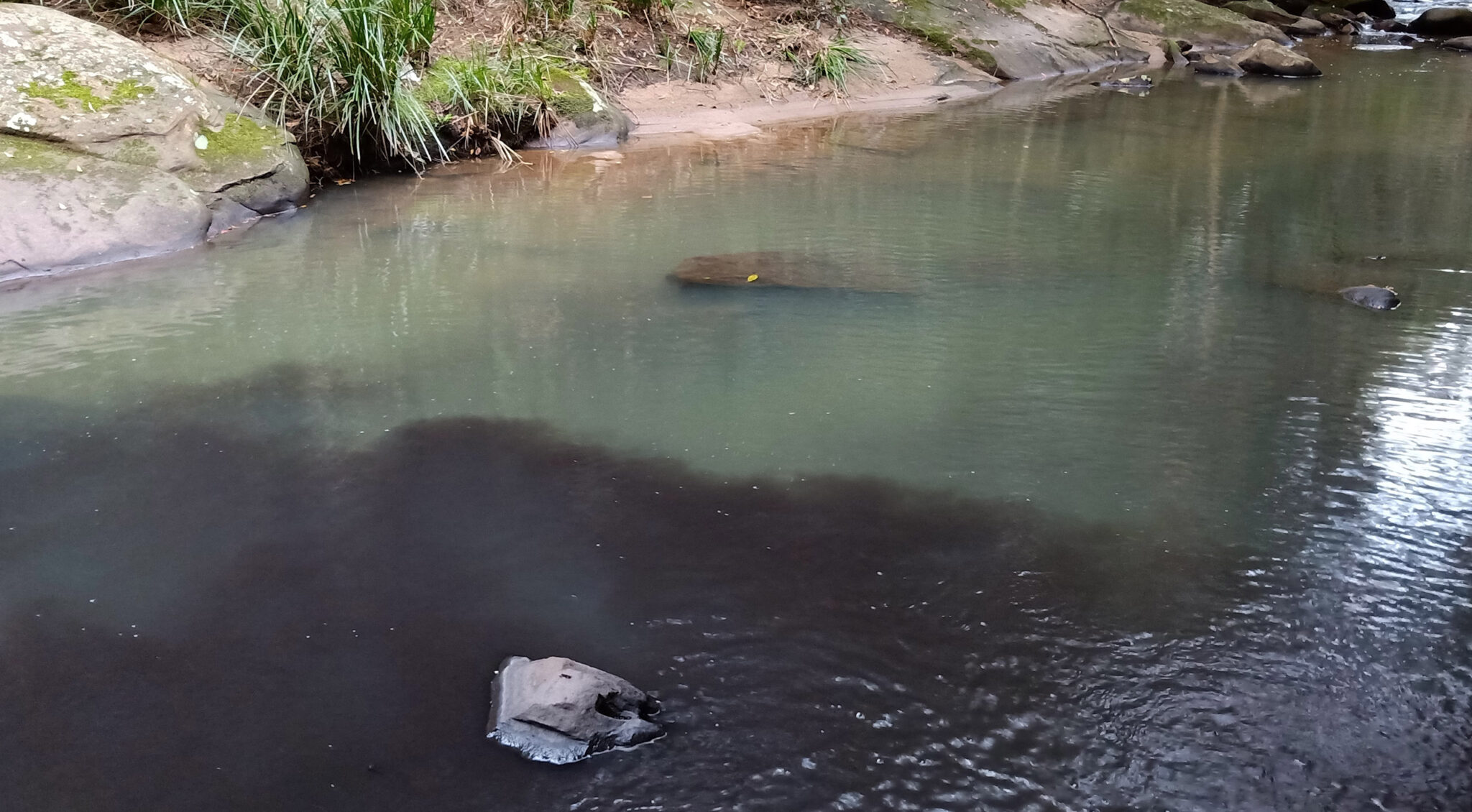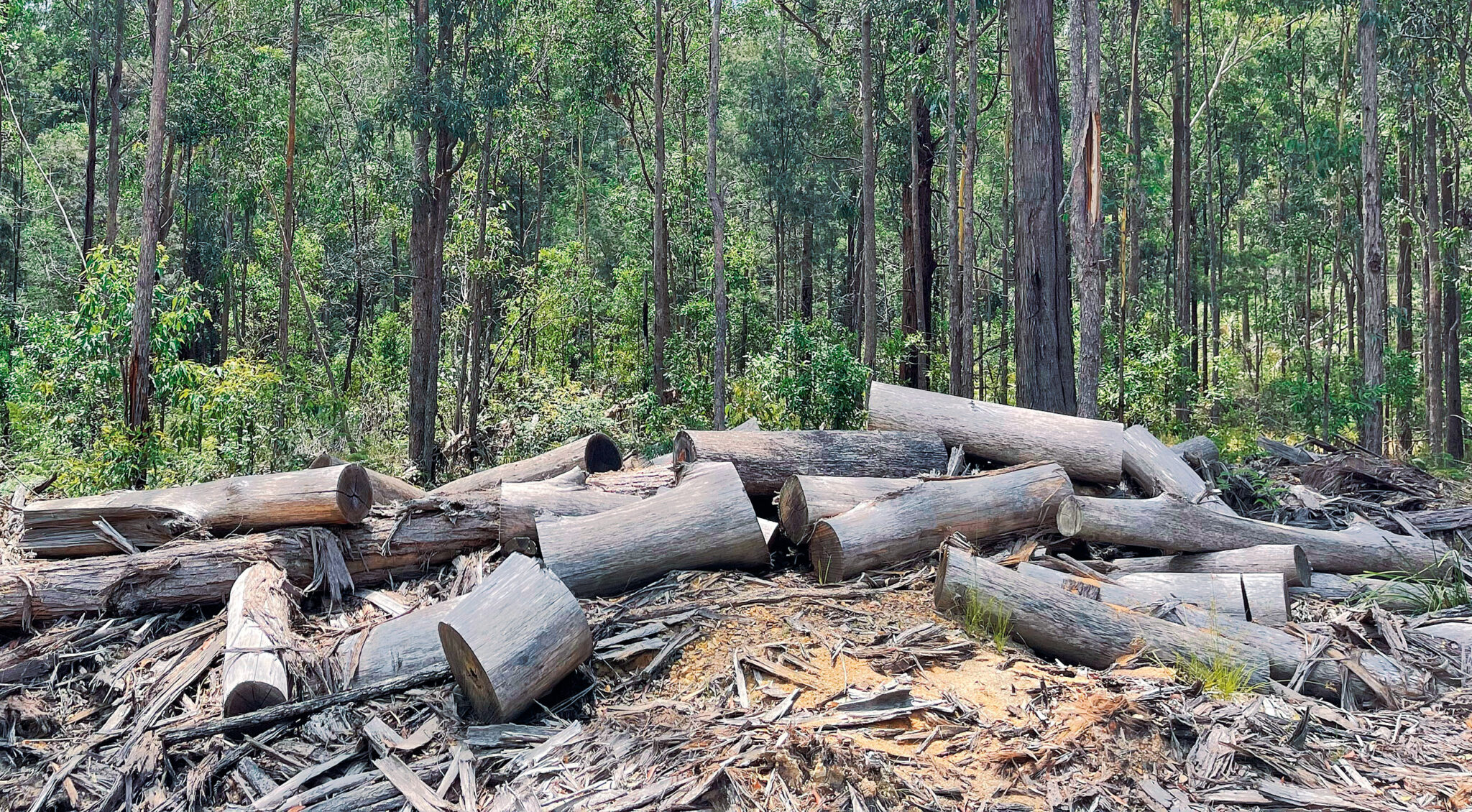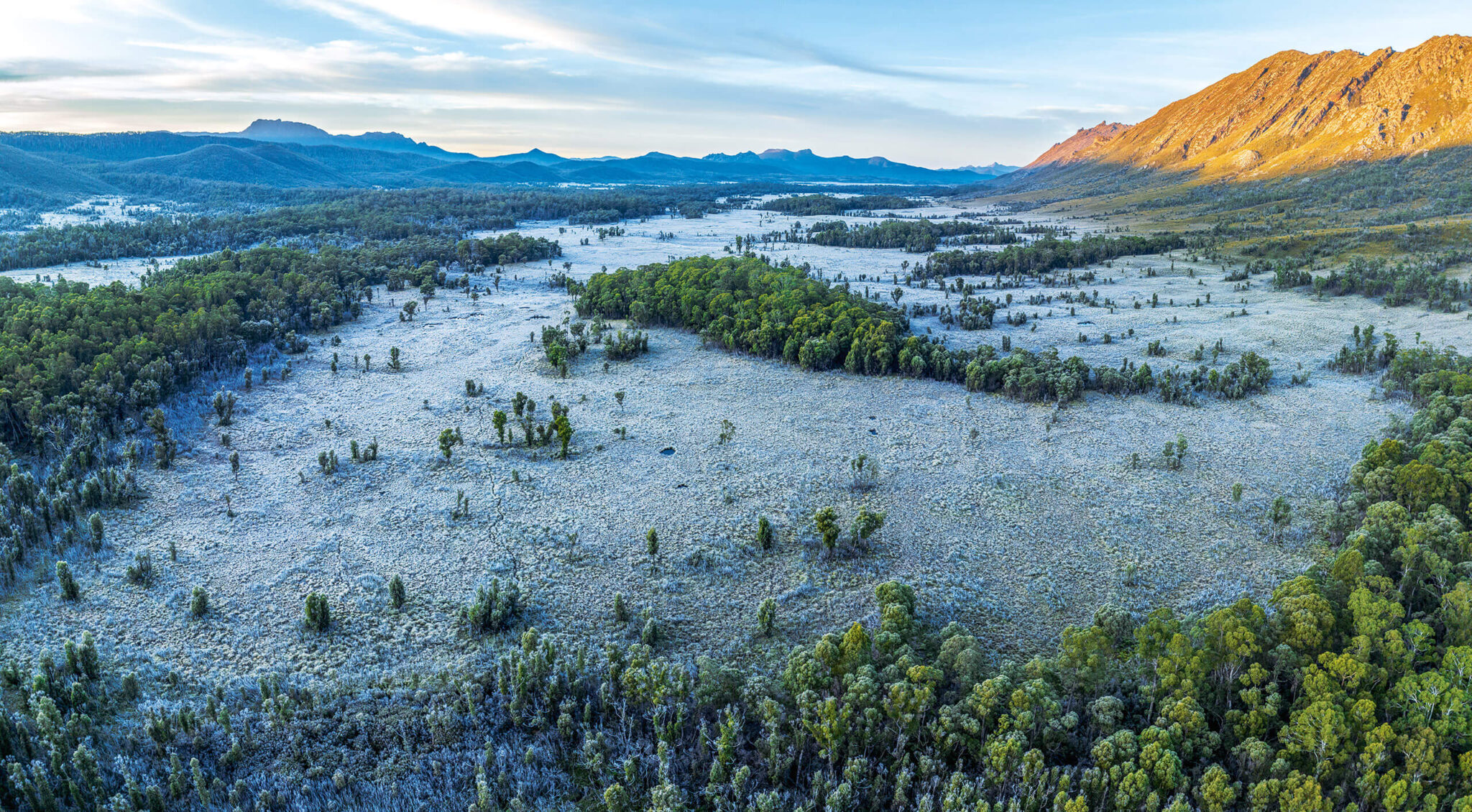Tasmania's Forests - A Climate Solution in Plain Sight
A recent report found that native forest logging is the highest greenhouse gas emitting sector in Tasmania. However, writes Dr Jennifer Sanger, protecting native forests would draw carbon dioxide down from the atmosphere and store it long-term, in turn offering a real climate solution.
Words: Dr Jennifer Sanger
Photos: Steve Pearce
Words: Dr Jennifer Sanger
Photos: Steve Pearce
(This story originally featured in Wild #185)
Tasmania’s forests are remarkable for many reasons. They are incredibly beautiful. They are home to iconic wildlife. And they capture a unique essence of Tasmania’s wilderness. But perhaps the most awe-inspiring quality is that they are home to giants.
Massive eucalyptus trees can tower up to 100m above the forest floor. But while many people are familiar with Eucalyptus regnans—more commonly known as mountain ash, which is the tallest flowering tree in the world—what many don’t know is that Tasmania has another four species of eucalypts that are in the top twelve of the world’s tallest trees: southern blue gum (Eucalyptus globulus); manna gum (Eucalyptus viminalis); brown top stringybark (Eucalyptus obliqua); and alpine ash (Eucalyptus delegatensis). These giant trees, all attaining heights of over 85m, store a lot of carbon. As a result, Tasmania has some of the most carbon-dense forests in the world.
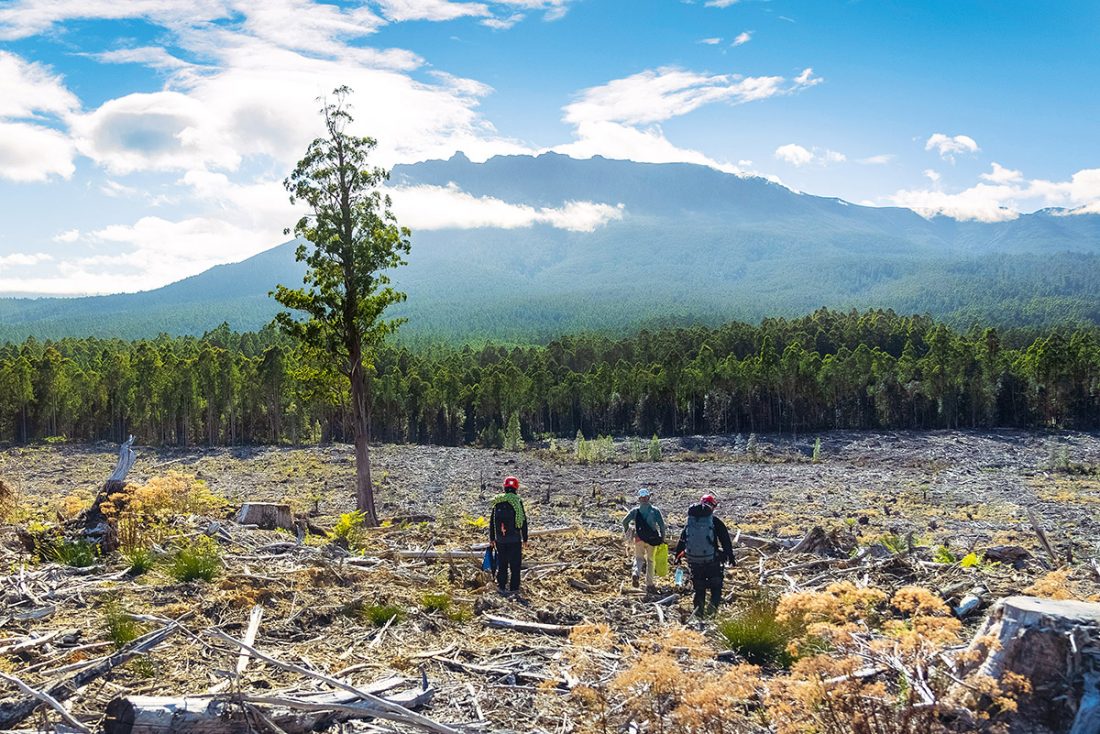
Forests play an important role in the carbon cycle. They absorb carbon from the atmosphere and store it long-term. However, if these forests are disturbed, they can become a significant source of carbon dioxide emissions. Around 12% of global emissions are from land clearing and logging.
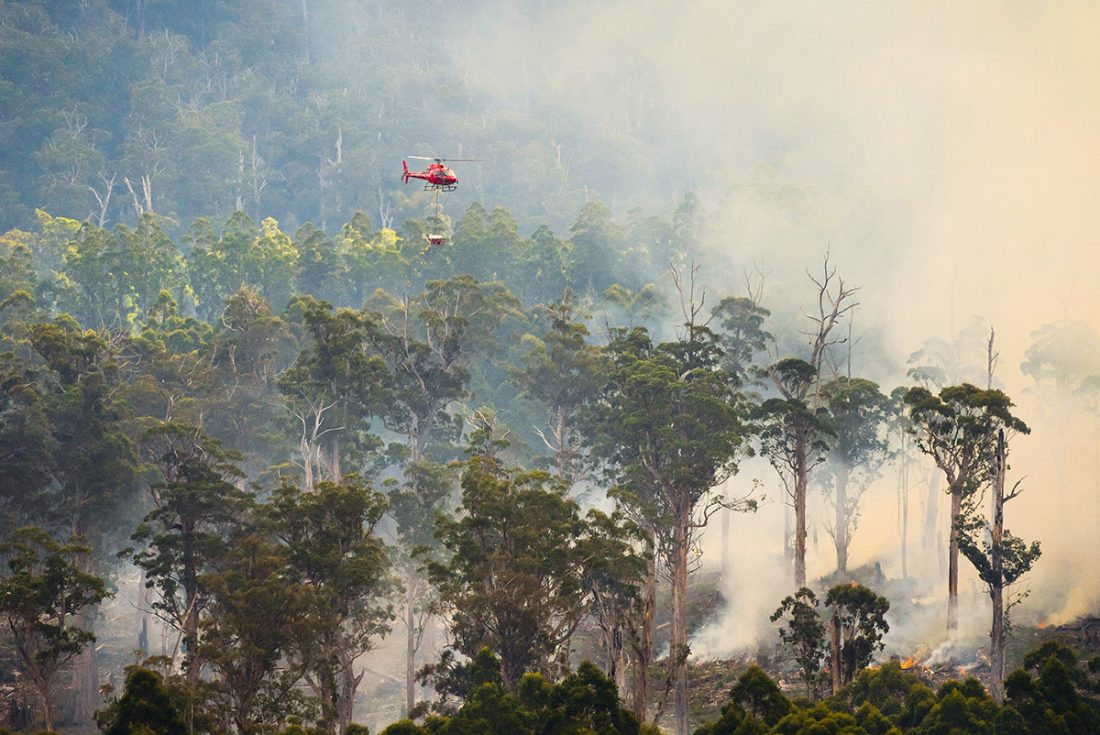
Readers of Wild Magazine will be aware of the decades-long history of logging in Tasmania. The state is notorious for its ‘harvesting’ of pristine forests, and hundreds of thousands of hectares of these irreplaceable ecosystems have been destroyed. But if Tasmania is home to some of the most carbon-dense forests in the world and we are still logging them, what does this mean for climate change?
It turns out that it’s not a simple question to answer. The way that current emissions are reported for the land sector sees forests and the forestry industry lumped into the same category. This means that the emissions from the logging of Tasmania’s carbon-dense forests and the carbon that the forests absorb are reported together, as one net figure. As a result, there is no easy way to separate out how much emissions are coming from the logging of our forests.
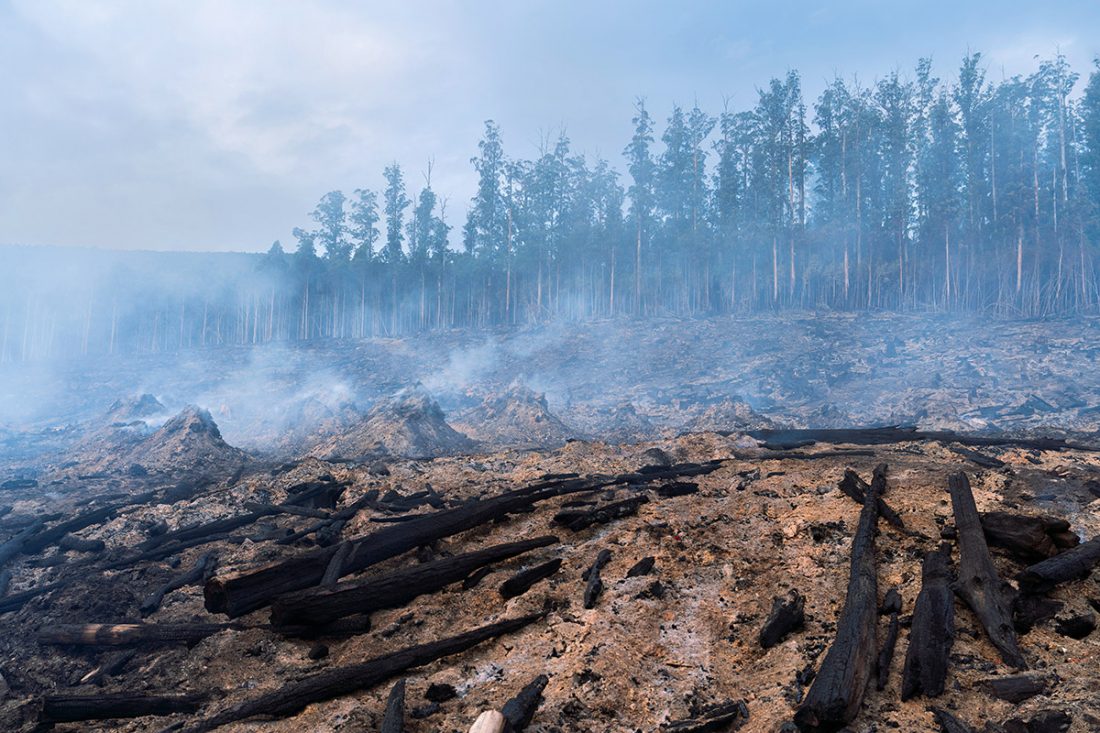
I am a scientist with a doctorate working for The Tree Projects, an environmental outreach and science education organisation, and I was determined to find out this answer. After much research, plenty of emails and a few phone calls, I came up with a formula for calculating the emissions from native forest logging. What I found is that native forest logging is the state’s highest emitting sector, with annual emissions of 4.6 million tonnes of carbon dioxide. To put this in perspective, that’s equivalent to 1.1 million medium-sized cars, or over two-and-a-half times the entire Tasmanian transport sector—all the cars, trucks, shipping and domestic aviation combined.
I was shocked by this figure. I knew it would be high, but I didn’t think that it would be the state’s highest emitter. Worse yet, given the severity of this statistic, it’s shocking that the report I wrote on this issue, “Tasmania’s Forest Carbon: from Emissions Disaster to Climate Solution” is the first time this information has been made publicly available. How could this information be hidden from the community? And these emissions are just from native forest logging in Tasmania—imagine how much is being emitted by all the native forest logging across Australia?
My report’s findings surprised many; most people believe the misconception that forest carbon gets stored in wood products. But this is not the case. The reality is that merely 6% of a forest’s carbon gets stored in long-term products suitable for building.
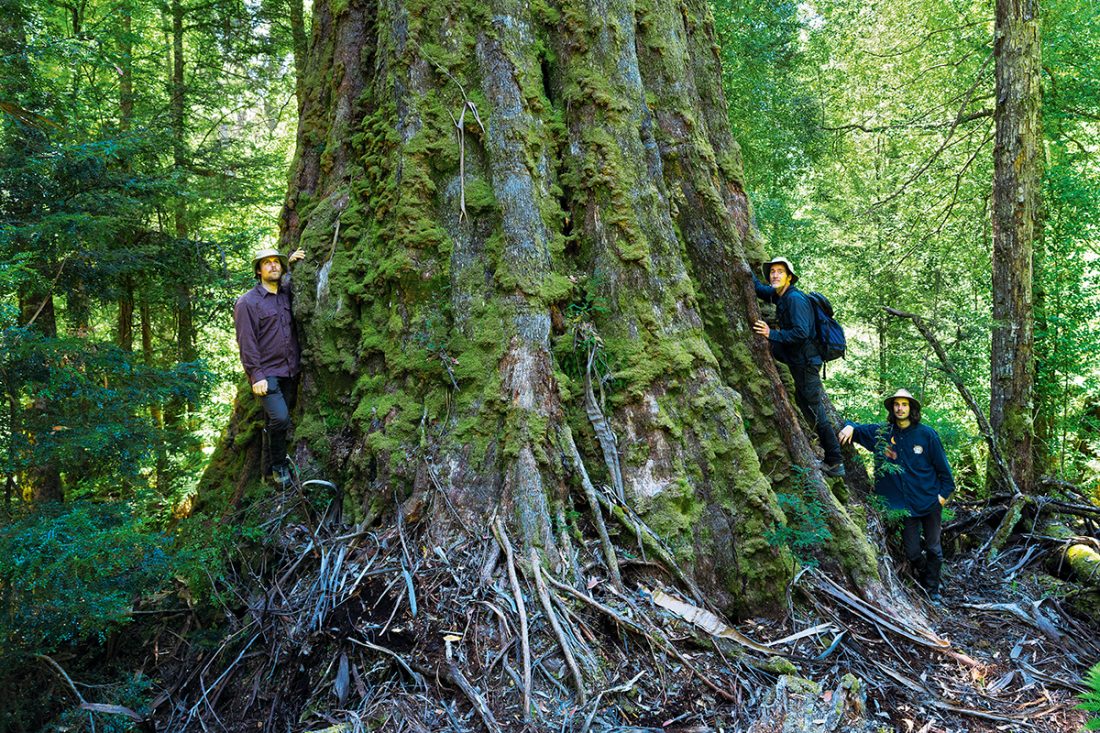
A forest is made up of biomass—all the living material such as leaves, branches, stems, and roots. It’s in this biomass that the carbon is stored. When a forest is logged, 60% of the forest’s biomass gets left behind on site as waste. Half of this waste is burned, releasing carbon dioxide and other potent greenhouse gases, such as methane and nitrous oxides, into the atmosphere immediately. The remainder of the waste gets left behind to rot, releasing carbon slowly into the atmosphere.
Of the timber that gets removed from the forest, the vast majority goes to pulp, which is used to make temporary products such as paper and cardboard. These products last only two years on average, then the carbon is released into the atmosphere.
Merely 1% of the forest’s biomass ends up in the sawn timber used for building and furniture. A further 5% goes into engineered timber products, such as laminated timber and plywood. It means just 6% of a forest’s carbon ends up in long-term timber products. The reality is that 94% of the forest’s carbon is either waste or paper, and that most of this carbon is emitted back into the atmosphere within a few years.
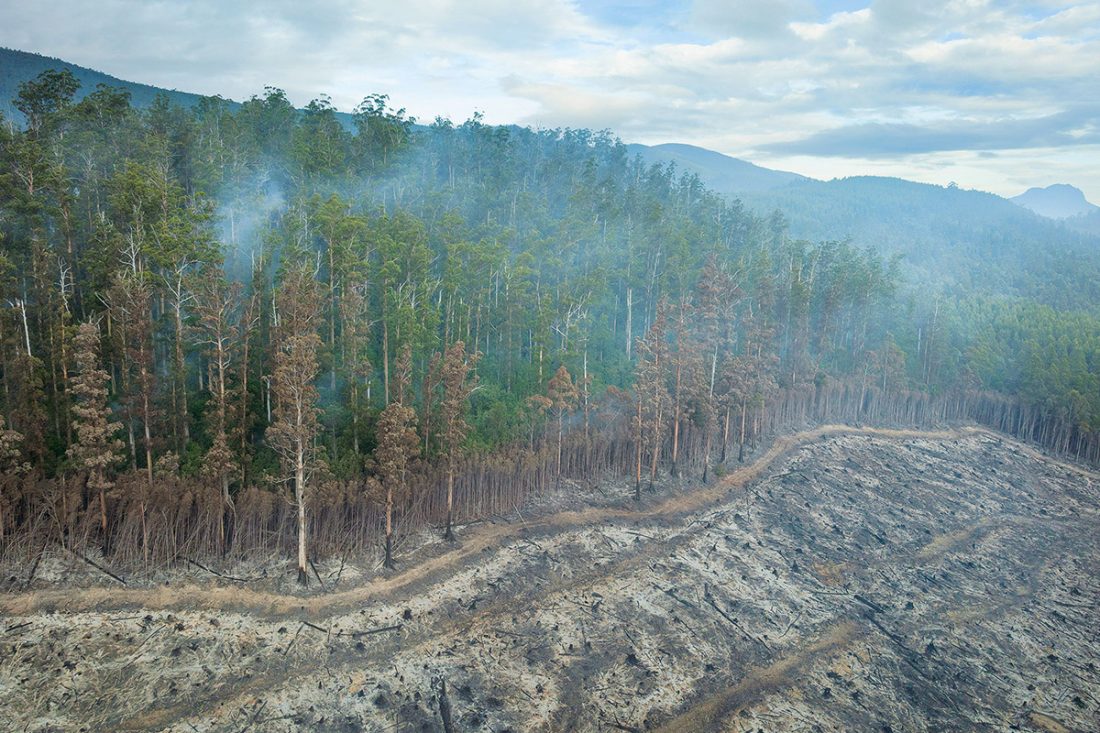
This all sounds bad, right? Native forest logging is currently Tasmania’s highest source of emissions and most of the forest’s carbon ends up as waste or temporary products. But here’s the good news: It doesn’t have to be this way. Protecting Tasmania’s forests could be the best climate solution—not only for Tasmania, but for the rest of the country as well.
Native forests, especially ones that are regrowing after logging, absorb an astonishing amount of carbon dioxide. But these regrowing forests are often put into short logging cycles and are harvested after 40-80 years, meaning the captured carbon is released back into the atmosphere. If these forests, however, were protected, they could continue to draw down carbon. If left undisturbed, they could store carbon indefinitely.
Tasmania’s forests draw down a significant amount of carbon dioxide; it’s the reason the state is one of the world’s few jurisdictions to become carbon neutral. In six out of the last seven years, Tasmania has reported negative net emissions. This is due to Tasmania’s forests and the fact that we have large areas of regrowing forests due to decades of logging.
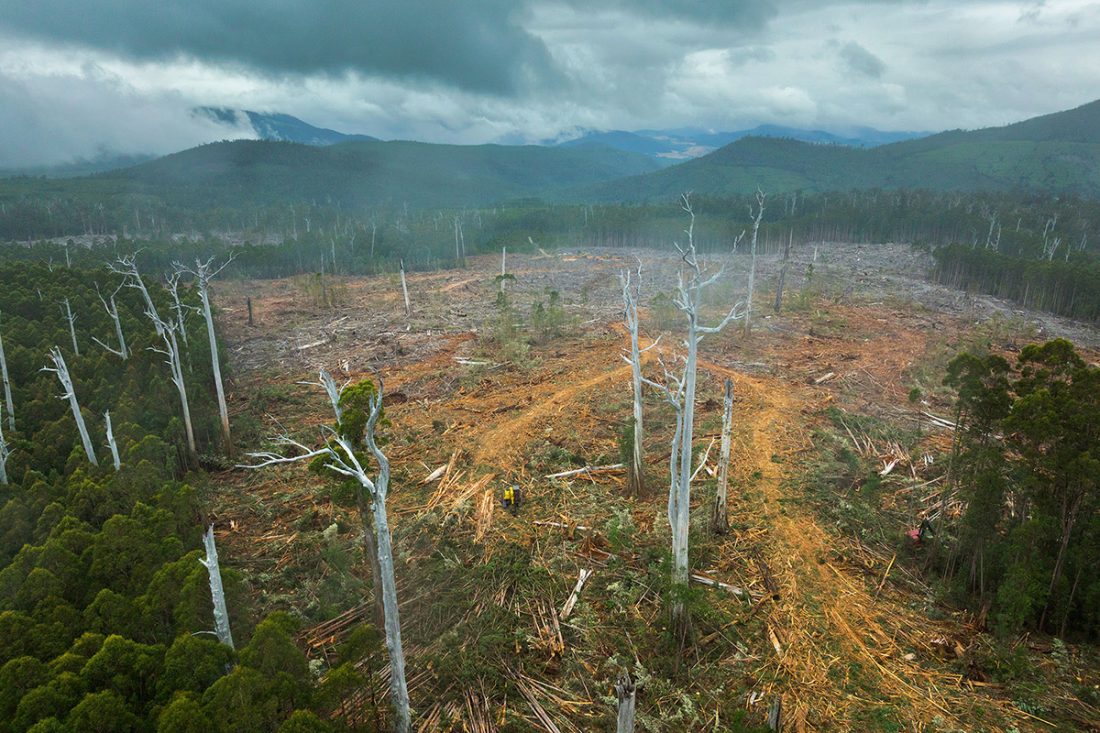
But Tasmania’s emissions record hasn’t always been this good. Prior to 2012, Tasmania had higher emissions because the rate of logging in previous decades was much higher. A downturn in the forestry industry, and changes in legislation in 2012, saw the amount of native forest logging halved; half-a-million hectares of forest were reserved. This drastically reduced the emissions from forestry. If halving the amount of native forest logging was all that was needed to turn Tasmania from carbon positive to carbon neutral, imagine what could be done for the climate if native forest logging ended completely?
Tasmania has a real opportunity to become a true leader in climate action. A recent study by Dr Barrie May looked at how much carbon forests that are currently managed for logging could absorb if they were protected. He found that 75 million tonnes of carbon could be drawn down from the atmosphere by 2050 if Tasmania’s forests were protected instead of logged. To put that in perspective, that’s the equivalent of taking every single Australian car off the roads for an entire year, or the same as shutting down Australia’s dirtiest coal-fired power station eight years early.
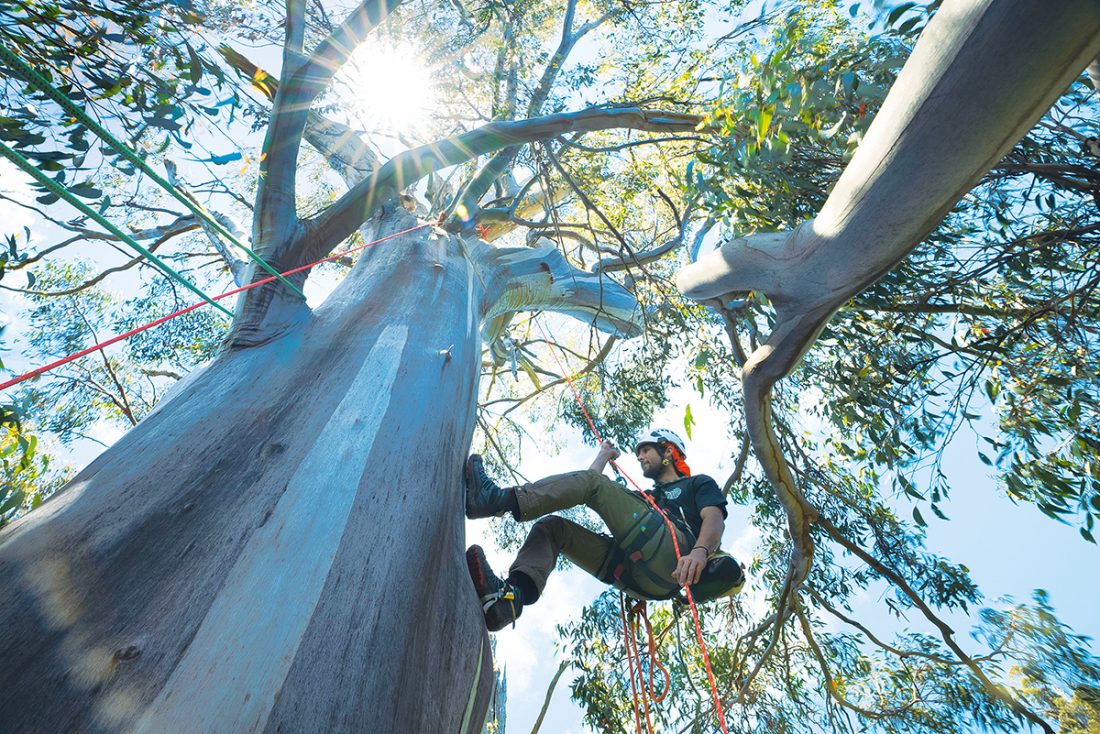
Our forests are worth more standing. If protected, Tasmania’s forests could be providing $2.6 million of sequestration services to the community. This is in stark comparison to the far-from-profitable Tasmanian native forest logging industry. The state-based logging agency, Sustainable Timber Tasmania (STT), loses millions of dollars each year. In fact, it has lost over $1.3 billion over the last 20 years. That’s correct: $1.3 billion. And given that this is a resource that STT gets for free, this loss is incredible.
It’s worth noting, however, that STT doesn’t readily admit to these losses. For 2020/2021, it claimed to generate a profit of $3.9 million. But that only came about after government cash inflows of tens of millions of dollars; strip those away, and STT operates at a massive loss. In fact, for decades now, the Tasmanian native forest logging industry has been propped up by state and federal government grants and subsidies, receiving over $1 billion in tax-payers funding over the last twenty years. This is all to support an industry that currently makes up merely 0.04% of the Tasmanian workforce.
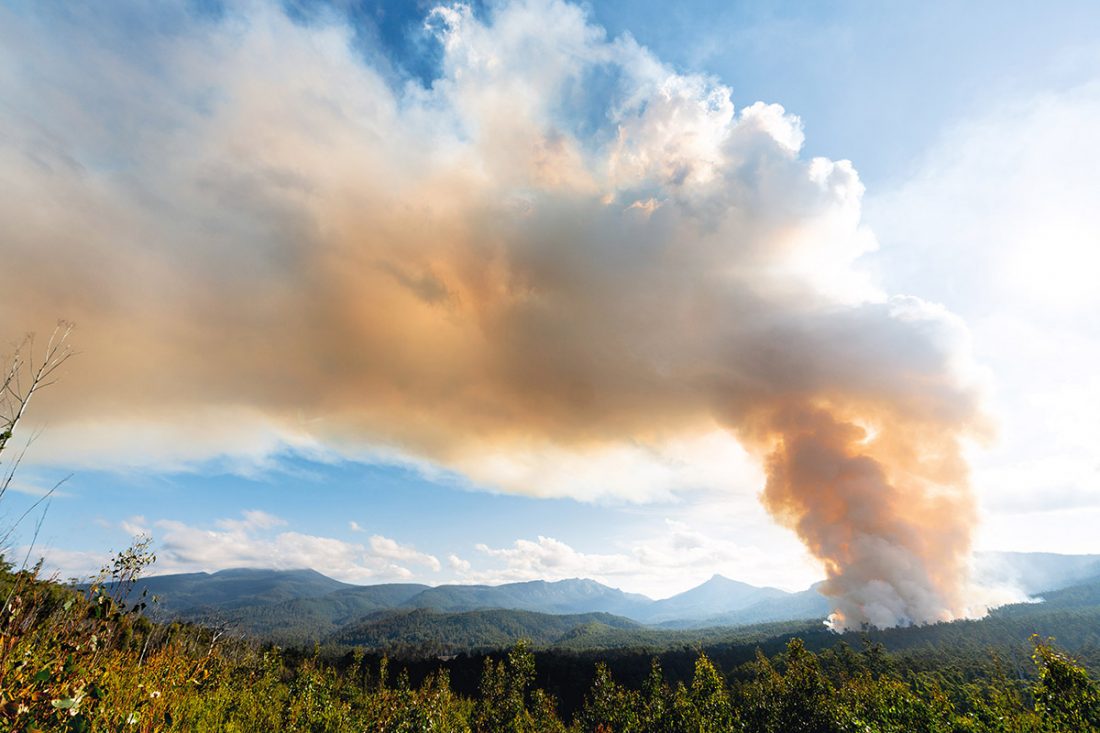
Tasmania is in the fortunate position that if it ended native forest logging now, it could drastically reduce the state’s emissions. Furthermore, protecting these forests would remove significant amounts of CO2 from the atmosphere.
This is not only true for Tasmania, but for the rest of Australia as well. Vast areas of forests are being logged across the country, producing huge amounts of emissions. Western Australia will be ending native forest logging in 2024, proving that conserving our forests is possible, feasible and supported by the public. Victoria has committed to ending native forest logging in 2030, but it could be doing better by bringing that commitment forward. Eyes are now on New South Wales and Tasmania to make commitments to ending native forest logging.
Our society is at a critical turning point, and we need to take immediate action if we are to restrict warming to 2°C. Denial of climate change should no longer be tolerated; even many conservative leaders realise that we need to take drastic action. Reducing our fossil fuel usage, and our emissions in general, is necessary, but we also need to remove carbon dioxide from the atmosphere. Much talk surrounds carbon capture and storage technologies, but these are in their infancies, and they also currently use significant amounts of energy without even offering a secure way to store the carbon. Meanwhile, we have a 300-million-year-old intervention: It’s called a tree. It can store carbon perfectly, it can do it immediately, and it can do it for free. Protecting our native forests is real action on climate change.
CONTRIBUTOR: Dr Jennifer Sanger is a Tasmanian-based forest scientist and co-founder of The Tree Projects.
If you liked this piece, you should subscribe to the print mag. Only a fraction of the great stories we run in the mag make it to our website; if you want to read them, head to subscribe.wild.com.au.

